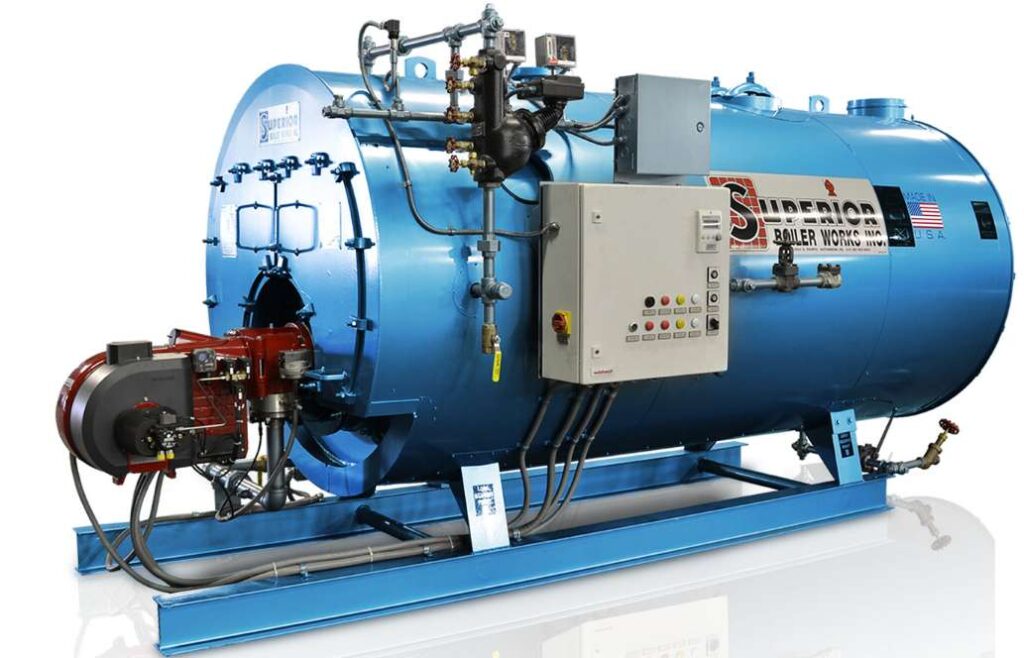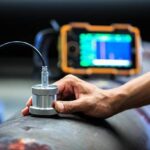Boilers can be classified as follows:
1. According to the flow of water and hot gases – fire tube (or smoke tube) and water tube boilers.
In fire tube boilers, hot gases pass through tubes which are surrounded with water. Examples: Vertical, Cochran, Lancashire and Locomotive boilers. There may be single tube as in case of Lancashire boiler or there may be a bank of tubes as in a locomotive boiler.
In water tube boilers, water circulates through a large number of tubes and hot gases pass around them. Eg., bobcock & Wilcox boiler.
2. According to the axis of the shell – vertical and horizontal boilers.
3. According to location or position of the furnace. Externally and internally fired boilers.
In internally fired boilers, the furnace forms an integral part of the boilers structure. The vertical tubular, locomotive and the scotch marine boilers are well known examples.
Externally fired boilers have a separate furnace built outside the boiler shell and usually below it. The horizontal return tube (HRT) boiler is probably the most widely known example of this type.
4. According to the application – stationery and mobile boilers. A stationary boilers is one of which is installed permanently on a land installation.
A marine boiler is a mobile boiler meant for ocean cargo and passenger ships with an inherent fast steaming capacity.
5. According to steam pressure – low, medium and high pressure boilers.
Types of boilers:
Fire Tube Boilers
● Simple Vertical type boiler
● Cochran Boiler
● Lancashire Boiler
· Locomotive Boiler
Water Tube Boilers
● Babcock and Wilcox Boiler
High Pressure Boilers
● La-Mont Boiler
● Loeffler Boiler


